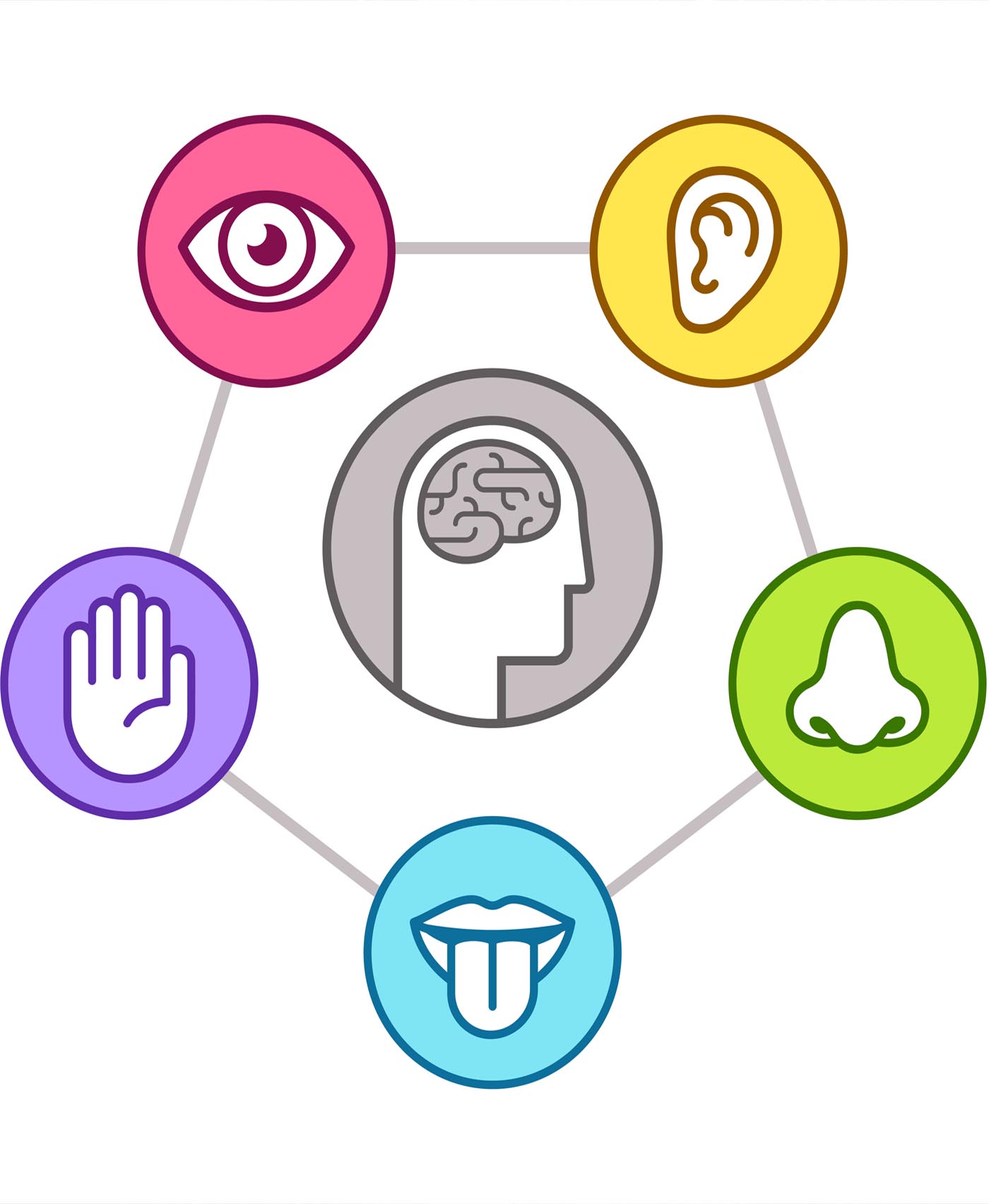
Synesthesia is a neurologic phenomenon in which the brain processes data in several senses at once. There are over 80 different types of synesthesia. Individuals with synesthesia, referred to as "synesthetes," might hear colors or taste sounds. Others might perceve sequences like numbers, letters, or days as having personality traits and genders. Triggers and responses are individualized and highly consistent. The neural mechanisms of synesthesia are still unknown, but scientists theorize that normally segregated pathways are "cross-wired" in a synesthetes brain. The condition tends to run in families and is more predominant among women.

One of the most common types of synesthesia is grapheme-color synesthesia. Grapheme-color synesthetes associate numbers and letters with colors.
Chromesthesia, also known as "sound-to-color" synesthesia, occurs when a synesthete perceives a sound as a color or a shape. Similarly, in lexical-gustatory synesthesia, certain words, sounds, colors, or emotions evoke taste.
Other forms of synesthesia involve spatial perceptions. Number form synesthetes involuntarily see a mental map of any group of numbers they think about. In spatial sequence synesthestia sequences such as numbers, letters, months and dates are perceived as occupying points in space. Check out this video to learn more about synesthesia and the synesthetic experience.
Think you may have synesthesia? Take our quiz to see if you may be a grapheme-color synesthete!